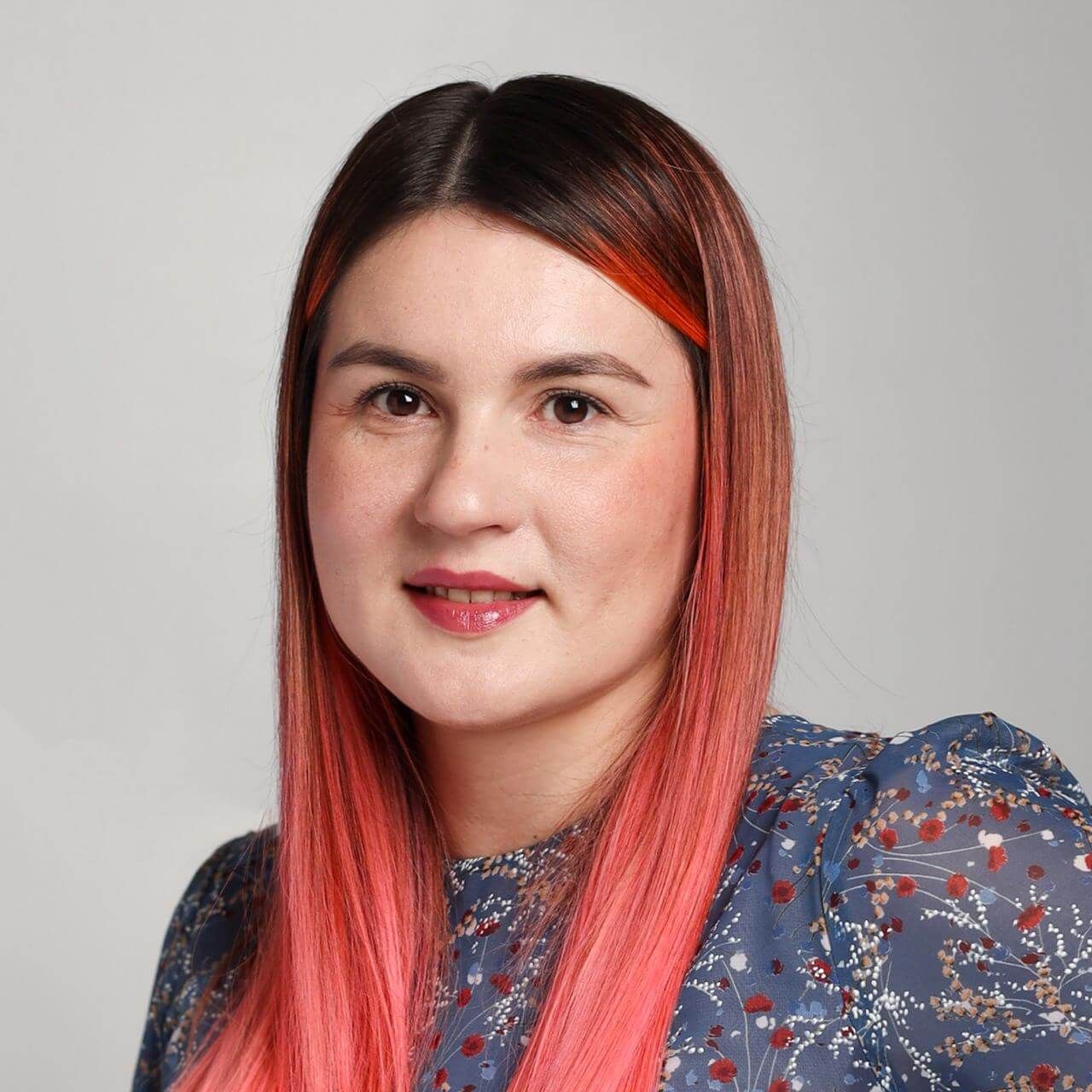Why Depression Occurs in Winter and Autumn, or What is SAD?
-
Published:11 December 2024
-
Updated:06 February 2025

The change of seasons from autumn to winter affects people's mental health, and this phenomenon has a serious scientific basis.
Seasonal Affective Disorder (SAD) is not just "autumn blues" but a condition recognized in psychiatry. According to studies, this type of disorder occurs in 0.4% to 16% of people, depending on latitude, age, gender, and measurement method. Among patients diagnosed with bipolar affective disorder, the seasonal subtype affects 15-25% of people.
Why Depression Starts in Autumn and Winter
The lack of natural light plays a key role in the development of seasonal blues, which leads to a decrease in serotonin levels - a neurotransmitter responsible for mood. Neurobiological studies have revealed that people with SAD experience seasonal changes in the activity of the brain's serotonin system. In winter, they show increased serotonin availability, which alters mood and behavior.
At the same time, the production of melatonin increases, which causes drowsiness and apathy. Circadian rhythms are also disrupted, which can cause sleep problems and negatively affect the emotional state.
The impact of seasonal changes on the psyche is not limited to the autumn-winter period. According to studies, the highest number of suicides and suicide attempts is observed in spring. Scientists attribute this fact to the sharp increase in daylight hours.
Symptoms of SAD
They can vary from mild depression to severe depression. People often experience increased fatigue, changes in appetite (especially cravings for carbohydrates), difficulty concentrating, and social isolation in autumn and winter. It's important to note that seasonal mood changes are a continuum from mild fluctuations to clinically significant disorders. People without a SAD diagnosis may experience seasonal fluctuations in mood, energy, and social activity.
Closer to the Sun - Lower Risks of Developing SAD
Geographical location plays an important role: the further from the equator a person lives, the higher the risk of developing SAD. This is explained by significant seasonal fluctuations in daylight hours at high latitudes.
How to Reduce the Negative Impact of Lack of Sunlight?
Since SAD is directly related to light deficiency in the autumn-winter period, light therapy is paramount. Using specialized lamps with a brightness of 10,000 lux for 20-30 minutes each day, preferably in the morning, significantly reduces SAD symptoms. A comprehensive analysis of 19 scientific papers confirmed the beneficial effects of light therapy on depression symptoms.
Maintaining a sleep schedule plays a crucial role. Maintaining a stable sleep-wake schedule helps normalize circadian rhythms.
The effectiveness of vitamin D as an independent treatment method for SAD remains a subject of debate, but optimizing its levels is beneficial in regions with limited sunlight.
Regular exercise, especially outdoors, can improve SAD symptoms.
Do Medications Help in Treating SAD?
Antidepressants - selective serotonin reuptake inhibitors (SSRIs) and bupropion - help combat SAD. For example, starting sertraline in autumn reduces the likelihood of developing depressive episodes in winter.
Cognitive Behavioral Therapy
Cognitive Behavioral Therapy (CBT), adapted for SAD, shows effectiveness comparable to light therapy but with a more prolonged effect. Studies have shown that after a two-year course, CBT has advantages over light therapy in preventing relapses.
Summary
The effectiveness of treatment methods varies significantly among different individuals. Optimal results are often achieved by combining several approaches under the supervision of a psychotherapist or psychiatrist.
An overview of epidemiological studies on seasonal affective disorder
(https://pubmed.ncbi.nlm.nih.gov/10721866/), Acta Psychiatr Scand
. 2000 Mar;101(3):176-84. Accessed 11 Dec 2024.
Seasonal affective disorder. A description of the syndrome and preliminary findings with light therapy (https://pubmed.ncbi.nlm.nih.gov/6581756/), Arch Gen Psychiatry
. 1984 Jan;41(1):72-80. doi: 10.1001/archpsyc.1984.01790120076010. Accessed 11 Dec 2024.
Seasonality and bipolar disorder: a systematic review, from admission rates to seasonality of symptoms (https://pubmed.ncbi.nlm.nih.gov/25063960/), J Affect Disord. 2014 Oct:168:210-23. doi: 10.1016/j.jad.2014.07.002. Epub 2014 Jul 10. Accessed 11 Dec 2024.
Seasonal Affective Disorder (https://www.ncbi.nlm.nih.gov/books/NBK568745/), April 20, 2024. Accessed 11 Dec 2024.
Treatment - Seasonal affective disorder (SAD) (https://www.nhs.uk/mental-health/conditions/seasonal-affective-disorder-sad/treatment/), 20 May 2022. Accessed 11 Dec 2024.
The Efficacy of Light Therapy in the Treatment of Seasonal Affective Disorder: A Meta-Analysis of Randomized Controlled Trials
(https://pubmed.ncbi.nlm.nih.gov/31574513/), Psychother Psychosom
. 2020;89(1):17-24. doi: 10.1159/000502891. Epub 2019 Oct 1. Accessed 11 Dec 2024.
Light therapy for preventing seasonal affective disorder
(https://www.cochranelibrary.com/cdsr/doi/10.1002/14651858.CD011269.pub3/full), 18 March 2019. Accessed 11 Dec 2024.
Seasonal affective disorder and engagement in physical activities among adults in Alaska (https://pubmed.ncbi.nlm.nih.gov/33871315/), Int J Circumpolar Health. 2021 Dec;80(1):1906058. doi: 10.1080/22423982.2021.1906058. Accessed 11 Dec 2024.
Seasonal Affective Disorder (SAD) (https://www.mentalhealth.com/library/seasonal-affective-disorder), Nov 27th 2024. Accessed 11 Dec 2024.







.svg)
.svg)
